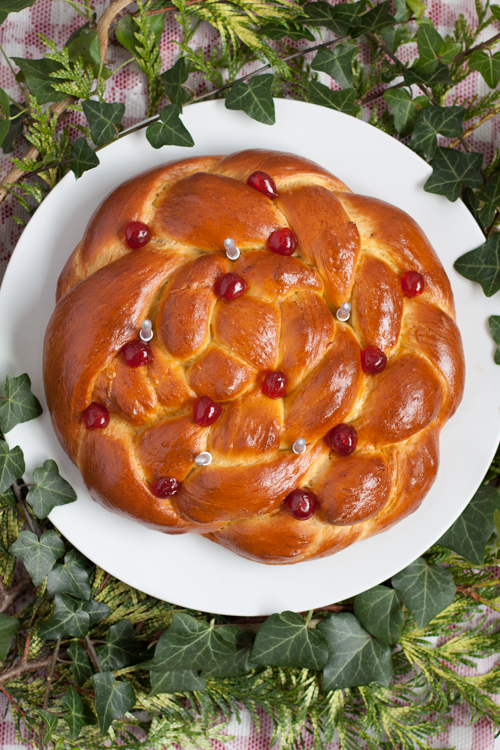St Lucia's Crown
 Wednesday, December 13, 2017 at 6:32AM
Wednesday, December 13, 2017 at 6:32AM 
This recipe is part of a 3 part series currently featuring on the Borough Market website focusing on a few religious festivals celebrated in December, other than Christmas, and the foods associated with them.
St Lucia’s Crown is a plaited saffron bread that is baked for St Lucia Day celebrations in Sweden on 13th December. The dough can also be used to make lussekatter (saffron buns), a treat widely consumed on the day.
 Vix |
Vix |  Post a Comment |
Post a Comment | 